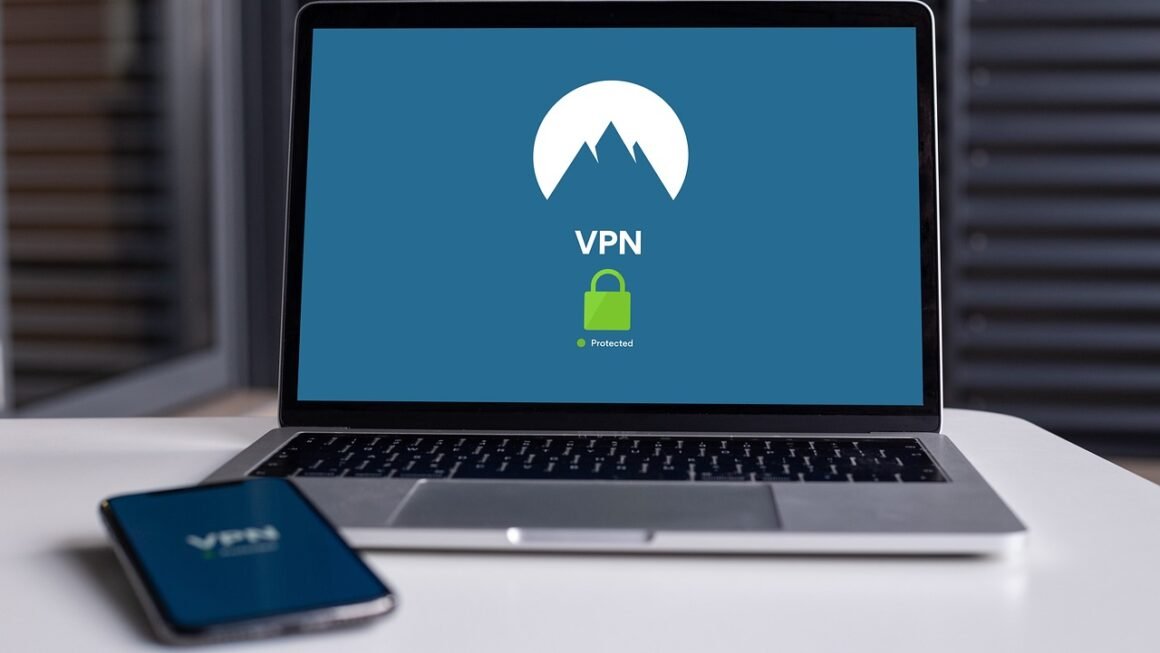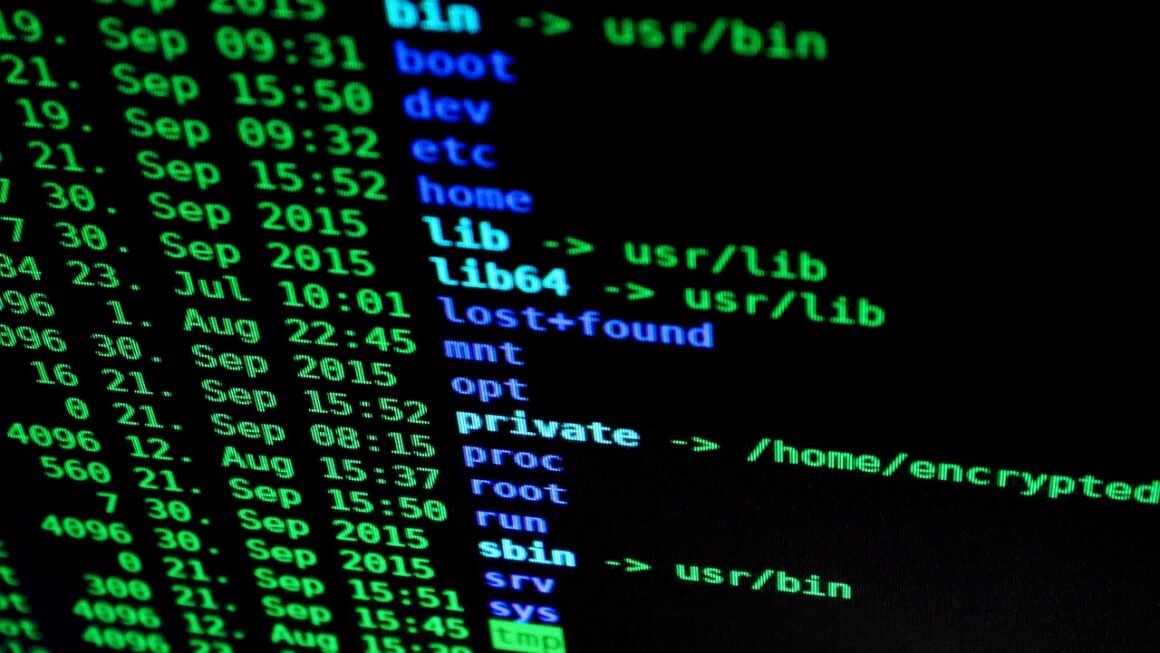Access control. It’s a phrase that might sound technical and intimidating, but at its core, it’s simply about who can access what. Whether it’s physical access to a building, logical access to sensitive data, or even access to specific functionalities within an application, access control is a critical security mechanism that protects valuable assets from unauthorized use. In today’s interconnected world, understanding the principles and practices of access control is essential for individuals and organizations alike.
What is Access Control?
Definition and Importance
Access control is a security technique that regulates who or what can view or use resources in a computing environment. It’s a fundamental concept in information security and is used to protect data, systems, and physical locations from unauthorized access, use, disclosure, disruption, modification, or destruction. Think of it as the bouncer at a club – only those with the right credentials get in. Without adequate access control, organizations are vulnerable to data breaches, security incidents, and compliance violations.
- Importance:
Protects sensitive information.
Prevents unauthorized system modifications.
Ensures regulatory compliance (e.g., HIPAA, GDPR).
Reduces the risk of data breaches and cyberattacks.
Maintains operational efficiency.
Key Components of Access Control
Access control systems typically involve these key components:
- Identification: Verifying the identity of a user or entity (e.g., username, employee ID).
- Authentication: Confirming the identity of the user or entity (e.g., password, biometric scan, multi-factor authentication).
- Authorization: Determining what resources the authenticated user or entity is allowed to access (e.g., read-only access, full access, no access).
- Auditing: Tracking and recording access attempts and activities for security and compliance purposes.
Access Control Policies: A Guide
A documented access control policy is fundamental. It clearly defines the rules and procedures for granting and managing access rights within an organization. A well-defined policy:
- Reduces confusion regarding access rights.
- Ensures consistent application of security principles.
- Supports compliance efforts.
- Provides a framework for responding to security incidents.
- Clearly states roles and responsibilities.
Types of Access Control
Discretionary Access Control (DAC)
DAC is a type of access control where the owner of a resource (e.g., a file, a database record) has the authority to grant or deny access to other users. It relies on the owner’s discretion.
- Example: In Windows file systems, a file’s owner can grant specific permissions (read, write, execute) to other users or groups.
- Pros: Simple to implement and manage for individual users.
- Cons: Vulnerable to security risks if users are careless or malicious. Can lead to inconsistent access policies across the organization.
Mandatory Access Control (MAC)
MAC is a centralized access control model where the system administrator (or a central authority) defines access control policies based on security labels assigned to resources and security clearances assigned to users. Users can only access resources if their clearance level meets or exceeds the resource’s security label.
- Example: Used in high-security environments (e.g., military, government) where confidentiality is paramount. A file classified as “Top Secret” can only be accessed by users with “Top Secret” clearance.
- Pros: Highly secure and resistant to security breaches.
- Cons: Complex to implement and manage. Less flexible than DAC or RBAC.
Role-Based Access Control (RBAC)
RBAC is a widely used access control model that grants access based on a user’s role within an organization. Permissions are assigned to roles, and users are assigned to roles. This simplifies access management and ensures that users have only the necessary access rights to perform their job functions.
- Example: In a hospital, a doctor might have access to patient medical records, while a nurse might have access to patient vital signs.
- Pros: Easy to manage and scale. Improves security by limiting access to necessary functions. Reduces administrative overhead.
- Cons: Can be complex to set up initially. Requires careful definition of roles and permissions.
Attribute-Based Access Control (ABAC)
ABAC is a dynamic access control model that grants access based on a combination of attributes, including user attributes (e.g., role, department, location), resource attributes (e.g., file type, sensitivity level), and environmental attributes (e.g., time of day, network location).
- Example: Access to a sensitive document may be granted only if the user is a manager, the document is located on a secure server, and the access is attempted during business hours.
- Pros: Highly flexible and granular access control. Supports complex access control policies.
- Cons: Complex to implement and manage. Requires careful consideration of all relevant attributes.
Implementing Effective Access Control
Step 1: Needs Assessment and Policy Creation
Start by identifying critical assets that require protection and documenting clear access control policies. Consider the following questions:
- What data and resources are most sensitive?
- Who needs access to these resources?
- What level of access is required (read, write, execute)?
- How will access be monitored and audited?
Step 2: Choosing the Right Access Control Model
Select the access control model that best suits your organization’s needs and security requirements. Consider the complexity, scalability, and flexibility of each model. For many organizations, RBAC offers a good balance of security and manageability.
Step 3: Implementing and Configuring Access Control Systems
Implement and configure access control systems to enforce the defined policies. This may involve configuring operating systems, databases, applications, and network devices. Ensure that the access control systems are properly integrated and tested.
- Use strong authentication methods (e.g., multi-factor authentication).
- Regularly review and update access control policies.
- Implement access logging and auditing.
Step 4: Continuous Monitoring and Auditing
Regularly monitor and audit access control systems to detect and respond to security incidents. Review access logs, analyze user activity, and conduct penetration testing to identify vulnerabilities. Implement processes for responding to security alerts and incidents.
- Review user access rights periodically.
- Conduct regular security audits.
- Automate access control processes where possible.
Access Control Technologies and Tools
Identity and Access Management (IAM) Systems
IAM systems provide a centralized platform for managing user identities, authentication, and authorization. They streamline access management processes and improve security.
- Examples: Microsoft Active Directory, Okta, AWS Identity and Access Management.
- Benefits:
Centralized user management.
Simplified access control administration.
Improved security and compliance.
Reduced administrative overhead.
Multi-Factor Authentication (MFA)
MFA adds an extra layer of security by requiring users to provide multiple forms of identification (e.g., password, biometric scan, one-time code) before granting access.
- Examples: Google Authenticator, Authy, Microsoft Authenticator.
- Benefits:
Significantly reduces the risk of unauthorized access.
Protects against password theft and phishing attacks.
Enhances compliance with security regulations.
Privileged Access Management (PAM)
PAM solutions focus on securing and managing privileged accounts (e.g., administrator accounts) that have broad access rights.
- Examples: CyberArk, BeyondTrust, Thycotic.
- Benefits:
Reduces the risk of insider threats.
Prevents privilege escalation attacks.
* Improves compliance with security regulations.
Best Practices for Access Control
Principle of Least Privilege
Grant users only the minimum level of access required to perform their job functions. This reduces the potential impact of security breaches and insider threats.
Segregation of Duties
Separate critical duties among multiple users to prevent fraud and errors. No single user should have complete control over a sensitive process or asset.
Regular Access Reviews
Conduct regular reviews of user access rights to ensure that users have only the necessary access. Remove access for terminated employees or employees who have changed roles.
Strong Password Policies
Enforce strong password policies, including minimum length, complexity, and expiration requirements. Encourage users to use password managers to generate and store strong passwords.
Security Awareness Training
Provide regular security awareness training to educate users about access control policies and best practices. Teach users how to recognize and avoid phishing attacks and other social engineering techniques.
Conclusion
Effective access control is crucial for protecting valuable assets and maintaining a strong security posture. By understanding the different types of access control models, implementing appropriate technologies, and following best practices, organizations can significantly reduce the risk of data breaches, security incidents, and compliance violations. Regular monitoring, auditing, and continuous improvement are essential for ensuring that access control systems remain effective over time. Implementing a robust access control strategy is not just a technical necessity but a strategic imperative for long-term success and security.



